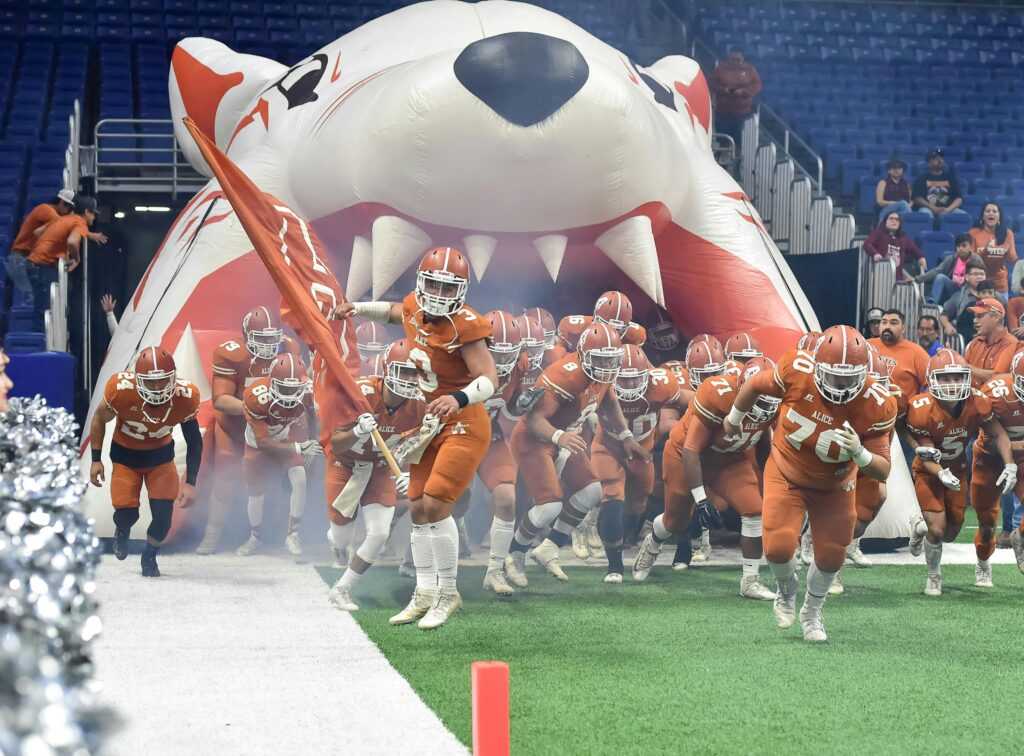The 2025 American football season is bringing major changes, both on the field and in the business of the game. From landmark stadium talks to critical rule tweaks and big player moves, this article breaks down the shifts defining the NFL and college game, with a sharp look at how digital betting fits into the fan experience.
American football captures the nation’s attention like nothing else. It’s a powerful blend of physicality and strategic genius. This year, 2025, promises significant shifts. Rule changes are hitting the professional ranks. High-stakes contract talks are reshaping rosters. A fluid transfer market keeps college programs on edge. This constant evolution is why the sport remains a cultural giant, always demanding attention.
When Gridiron Meets the Green Felt
The line between being a fan of American football and jumping into the betting scene is getting thinner. It’s an obvious trend, thanks to new tech and people wanting more interactive ways to enjoy the game. For example, in 2025, a bunch of online sportsbooks and casinos are rolling out super-targeted promotions just for football fans. They’re making it really easy to get started too. Lots of platforms have betting options with low minimum deposit that allows pretty much anyone can place a wager.
This accessibility has fueled massive growth. Reports for the 2024–2025 NFL season showed a huge surge in Super Bowl bettors compared to regular season games. That spike highlights key moments when fans are most active. Major online casinos and sportsbooks are pushing for new licenses in emerging markets, like Missouri. These moves show a clear push to integrate digital betting deeper into the fan’s journey.
Washington’s Stadium Puzzle Deepens
The Commanders are at a critical point in 2025 regarding their future home. Talks for a new stadium at the old RFK site continue. But external pressure is building. Reports in July indicated President Donald Trump might oppose any deal if the team does not revert to its former “Redskins” name.
This adds a significant political wrinkle to the team’s plans. The Commanders, who changed their name in 2022, have stated they won’t reverse course. Yet, federal authority is involved. Congress controls the District of Columbia’s budget. This introduces an unpredictable element into the team’s long-term facility strategy. A modern venue is crucial for the franchise to compete financially.
New Rules for Overtime and Kickoffs
The NFL keeps refining its rulebook. The goal for 2025 is more exciting play and fairer outcomes. One major change is big for the regular season. The playoff overtime rule, where both teams get a possession, is now standard for regular season games. This addresses years of complaints about sudden-death finishes. Regular season overtime periods will also shrink from 15 to 10 minutes. Ties can still happen.
Special teams also see a key adjustment. The “dynamic kickoff” rule, which worked well as a trial in 2024, is now permanent. Touchbacks will bring the ball out to the receiving team’s 35-yard line (up from the 30). This encourages more returns. It aims to reduce dead ball plays. The league is committed to injecting more action into every phase of the game.
College Football’s Summer Transfer Window
College football’s transfer portal remains a defining story of the offseason. July 2025 brought a unique development. The NCAA Committee on Legislative Relief approved a special waiver. It allows “designated student-athletes” to enter the transfer portal between July 7 and August 5. This window specifically targets players teams do not wish to count against new 105-player roster limits.
This waiver helps schools manage their rosters before the season begins. A rush of high-profile names is not expected. However, it provides flexibility. Athletes can find new opportunities. Programs can adjust their scholarship numbers. But does it truly benefit the student-athlete or primarily serve the schools’ needs? The overall trend of increased player mobility continues to reshape team building.
Quarterback Money Sets New Heights
The NFL’s financial landscape in 2025 is still dominated by quarterback contracts. T.J. Watt’s new deal made headlines. His three-year, $123 million extension with the Steelers set him as the highest-paid non-quarterback in history. That averages $41 million per year. Yet, it pales next to the top quarterbacks.
Dak Prescott now leads the league at $60 million annually. Josh Allen, Joe Burrow, Trevor Lawrence, and Jordan Love all sit at $55 million. These massive deals reflect the huge value placed on elite quarterback play. Teams must manage these colossal figures under the salary cap. The ripple effect extends to other star players too, like receivers Ja’Marr Chase ($40.25 million) and Justin Jefferson ($35 million). They command significant money in a league driven by explosive offense.
An Exciting Season Incoming
The 2025 American football season is shaping up to be pretty exciting. There’s a lot of change happening, and the sport keeps evolving. Football is always changing, whether it’s about building new stadiums, making small rule changes, or dealing with player contracts. It’s a huge part of American entertainment, and everything happening on and off the field is shaping what comes next for the game.

 Danielo Fleischeronic is the visionary founder of Awesome Football Network, a premier destination for in-depth football coverage and analysis. His commitment to the sport is reflected in the platform's rich content, which includes breaking news, match analyses, and expert commentary. Danielo’s extensive knowledge and passion for football drive the network’s mission to provide fans with the latest insights and updates from around the world.
In addition to his role as founder, Danielo is also an accomplished article writer. His writing covers a broad spectrum of football-related topics, from tactical breakdowns to player profiles, offering readers a comprehensive understanding of the game. Through his work, Danielo aims to enrich the football experience for enthusiasts and professionals, making Awesome Football Network a trusted resource in the football community.
Danielo Fleischeronic is the visionary founder of Awesome Football Network, a premier destination for in-depth football coverage and analysis. His commitment to the sport is reflected in the platform's rich content, which includes breaking news, match analyses, and expert commentary. Danielo’s extensive knowledge and passion for football drive the network’s mission to provide fans with the latest insights and updates from around the world.
In addition to his role as founder, Danielo is also an accomplished article writer. His writing covers a broad spectrum of football-related topics, from tactical breakdowns to player profiles, offering readers a comprehensive understanding of the game. Through his work, Danielo aims to enrich the football experience for enthusiasts and professionals, making Awesome Football Network a trusted resource in the football community.
